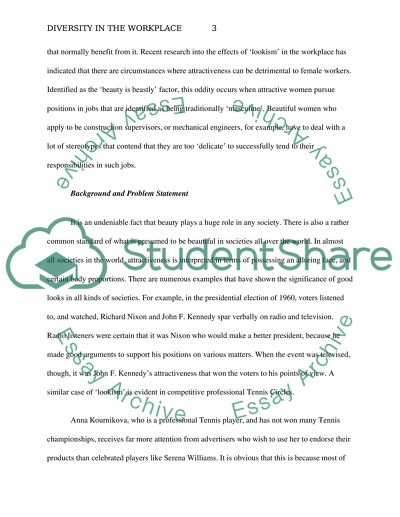Cite this document
(“Diversity in workplace Research Proposal Example | Topics and Well Written Essays - 2500 words”, n.d.)
Diversity in workplace Research Proposal Example | Topics and Well Written Essays - 2500 words. Retrieved from https://studentshare.org/psychology/1643014-diversity-in-workplace
Diversity in workplace Research Proposal Example | Topics and Well Written Essays - 2500 words. Retrieved from https://studentshare.org/psychology/1643014-diversity-in-workplace
(Diversity in Workplace Research Proposal Example | Topics and Well Written Essays - 2500 Words)
Diversity in Workplace Research Proposal Example | Topics and Well Written Essays - 2500 Words. https://studentshare.org/psychology/1643014-diversity-in-workplace.
Diversity in Workplace Research Proposal Example | Topics and Well Written Essays - 2500 Words. https://studentshare.org/psychology/1643014-diversity-in-workplace.
“Diversity in Workplace Research Proposal Example | Topics and Well Written Essays - 2500 Words”, n.d. https://studentshare.org/psychology/1643014-diversity-in-workplace.


